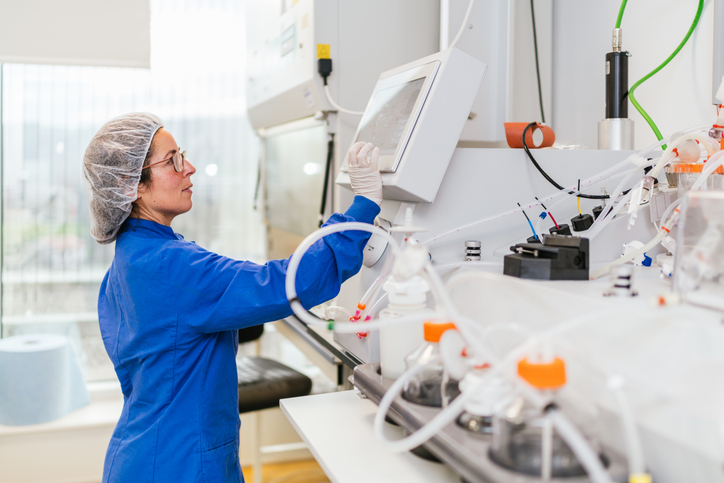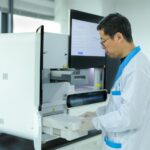Biopharmaceutical companies don’t have to stick to a single bioreactor design during scale-up. That’s according to Stefan Junne, PhD, an associate professor at Aalborg University.
Junne, who will be speaking at Bioprocessing Summit Europe in March, says that improved knowledge about cell physiology means that companies no longer need to focus on maintaining geometrical consistency between bioreactors.
“In former times, when people thought about scalability, they thought about maintaining similar height-to-diameter ratios,” he says. “But now we know that factors, such as media and growth environment, are more important.”
Junne’s talk will encourage companies to scale up using different types of single-use bioreactor to improve cost-effectiveness and sustainability.
“There are constraints imposed by not using the best bioreactor design across scales because some designs don’t scale up as easily,” he explains.
Stir tank reactors, for example, are excellent for large-scale production. Among other factors, he explains, they are taller than they are wide, which means it’s easy to fit them into a production facility building.
However, at smaller scales, stir tanks have comparatively high sheer forces due to the stirring, he says. These sheer forces can damage cells.
The best bioreactor can also depend on the microenvironment it creates, he explains. A shaking motion is better for the health of some microbes or cell lines while a stirring motion is better for others.
“A shake bioreactor in the upstream, for example, can have benefits in terms of the titers [of yield] you’re getting, and, also, the costs compared to both stir tank and traditional stainless steel, which needs cleaning and sterilizing.
Junne explains that single-use bioreactors are becoming increasingly popular for biomanufacturing. They offer a high degree of sterility, he explains, and can be cheaper and more sustainable than stainless steel bioreactors as they don’t require water and electricity to clean.


